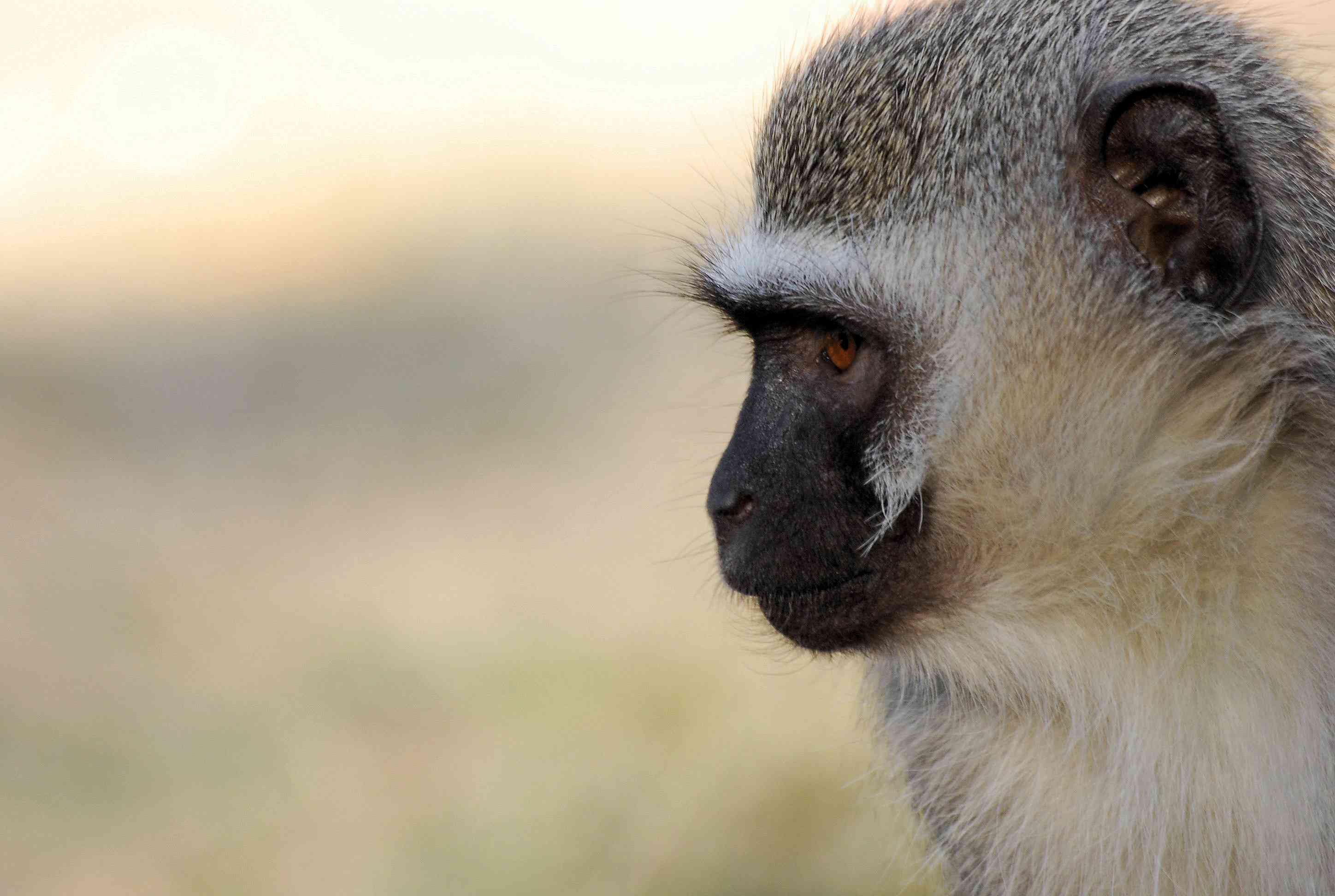Life in the wild can be tough, and sometimes animals do not have the luxury of taking time out when they are sick. That is certainly the reality of life for vervet monkeys living in Southern Africa, even though parasites and viruses are an ever-present component of animal life.
We know how people respond to infection. Loss of appetite and staying in bed or resting are some of the ways we adapt to being unwell. Being less active and eating less frees up energy to fight the infection – even digesting food uses energy. This behaviour may help us recover and is a key component of our survival.
My colleagues and I wanted to understand more about how monkeys respond to illness, and how disease travels within and between animal groups. This is essential if we are to tackle the huge impact that infection can have on monkey population survival. While the causes of infection have been the focus of much attention until now we knew very little about the social consequences of infection in these monkeys.
For over ten years our international team of researchers have studied the behaviour and physiology of wild vervet monkeys living in the Eastern Cape, South Africa. They live in large social troops – up to 40 monkeys per troop – and previous research has shown that they are routinely exposed to a range of environmental stressors such as extreme heat and drought, as well as competition for food.
In our most recent study of three groups of the wild vervet monkey, we examined the effect of getting sick on an individual vervet monkey’s social status.
Studying fever
As with humans, when a monkey gets an infection, they can get feverish.
We implanted miniature data loggers – narrow cylinders about 3cm long – into each monkey’s abdomen and recorded core body temperature inside the stomach every five minutes. That allowed us to document for the first time the occurrence of fever in a wild monkey population.
After the study period, we returned to take the loggers out, with the help of a team of vets from the University of the Witwatersrand. We needed to do this to get the data and obviously also for the sake of the monkeys.

In our study group of 59 vervet monkeys, we detected 128 fevers in 43 monkeys over seven years. Feverish monkeys reached an average (mean) daily body temperature of about 39 degrees Celsius, with the highest body temperature on the record being nearly 42 degrees Celsius. Fevers lasted between two and 20 days.
At the same time, we kept a detailed account of the monkeys’ behaviour and social interactions. Just like us, they lose their appetite and spend more time resting. But they cannot stay out of action for too long. Even sick monkeys need to keep up with their troop if they are to keep themselves out of reach of predators, such as cheetah, jackal and caracal (a wild cat). Monkeys also rely on their group mates to help fight off neighbouring troops as they compete for food, water and sleep sites.
Risk of attack
In addition to the behavioural consequences of fever, we were able to show, for the first time, a hidden and previously unrecognised cost of social interactions – feverish monkeys were attacked while they were down.
Within a monkey troop, competition is rife – monkeys battle for food, status and mates. Although it is unclear if a monkey knows that one of their troop is sick, they do recognise the weakened state of their troop mate, perhaps because they are out of sorts or are less responsive to more subtle exchanges of dominance.
Some individuals seemed to use this to their advantage.
We discovered that when monkeys were feverish they were twice as likely to be attacked by one of their group mates and six times more likely to become injured as a result. Sick animals were targeted with aggression when they were least able to fight back, potentially improving the attacker’s social status, access to resources, or position in the troop.
We saw a particularly unusual sequence of events in one of our troops of 25 monkeys.
Female vervets live in relatively stable hierarchies. But when Brie, the alpha female, fell ill she was subjected to a torrent of abuse from the troop’s beta female, Tyvara. Over seven days, Brie was attacked by her on 12 occasions and received four different injuries. Needless to say, Brie’s alpha dominance status was no more and she slipped down the hierarchy.
Bystanders also seemed to benefit from the weakened status of a sick individual, in this case by manoeuvring up the hierarchy and these fever-induced social interactions are likely to have important long-term social and fitness consequences for the individuals involved.
But that is not all. The feverish monkeys spent just as much time grooming or being groomed, by other group members even though they were sick.
While it might seem common sense to avoid other sick individuals, our findings suggest that social engagement probably reflects a trade-off between the propensity to get infected by a contagious individual and the social value and other benefits that the relationship affords – such as the ability to cope in difficult environments and successfully raise offspring. Or perhaps monkeys simply do not know that their troop mates are ill or could pass them a nasty illness.
The response of vervet monkeys to infection suggests that the spread of disease among the troop is likely. Now we have seen that there is a cost of being sociable when feverish, where vulnerable individuals are open to attack, perhaps we should turn our attention to the question of the impact of social integration among monkeys on the spread of disease within and between groups.
Richard Mcfarland is Senior Lecturer in Evolution and Social Behaviour, Nottingham Trent University.
This article first appeared on The Conversation.










